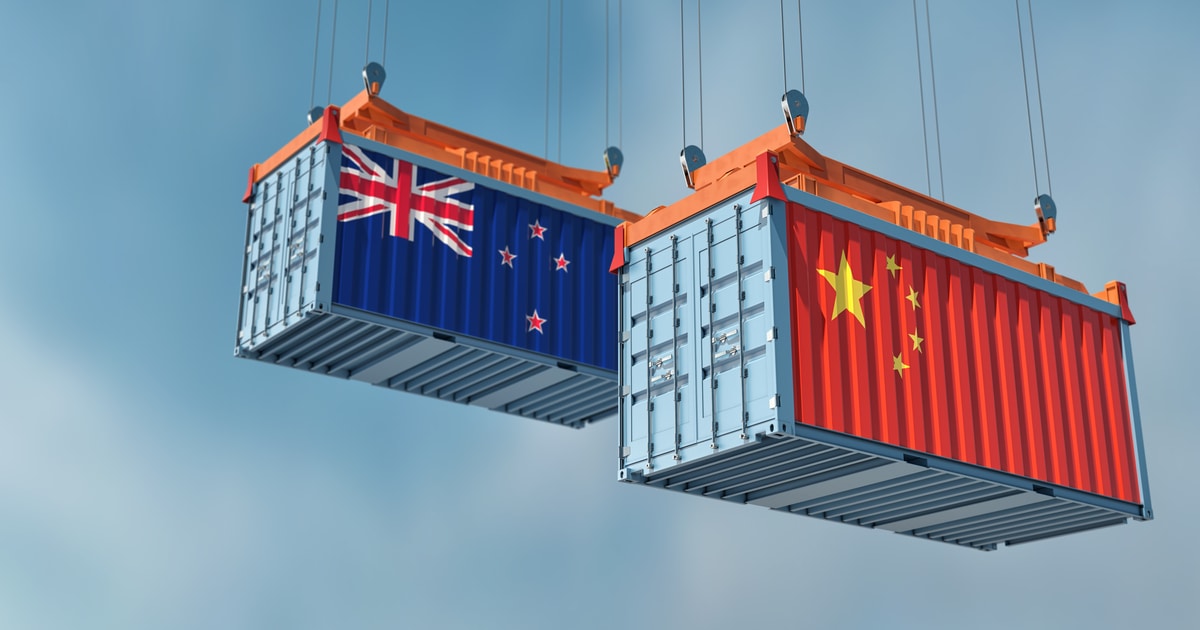HSBC and Wave Facilitate Blockchain-Powered Trade Between New Zealand and China
Brian Njuguna Oct 29, 2020 04:06
HSBC and Wave facilitated a blockchain trade transaction for the shipment of milk powder from New Zealand dairy processor Fonterra to China’s Sichuan New Hope Trading.

HSBC, a leading British multinational investment bank and financial services holding company, and Wave, a blockchain-based digital courier platform, have facilitated a blockchain trade transaction for the shipment of milk powder from New Zealand dairy processor Fonterra to China’s Sichuan New Hope Trading.

Cryptographic Lading Bills
HSBC gave banking services on both ends, while Wave provided the underlying blockchain technology. Specifically, the milk powder shipment carrier issued Fonterra a cryptographically signed electronic bill of lading through Wave’s platform.
As per the announcement:
“Fonterra added additional trade documents and presented the digital ‘envelope’ to HSBC New Zealand, which in turn verified that the documents and commercial terms matched the letter of credit and eUCP600 rules. It then forwarded this digitally to the issuing bank, HSBC China.”
Later on, HSBC China presented the documentation to Sichuan New Hope Trading. The cargo was released after the latter surrendered the bill of lading back to the carrier.
Less Than 24hrs Process
The bill of lading is an essential document in international trade. It is presented from the origin to the goods’ destination, showing ownership, financing, and customs clearance.
Therefore, under normal paper-enabled circumstances, the bill of lading takes days to weeks for it to change hands from origin to destination.
The blockchain-powered trade transaction averted this hustle because the cryptographic bill of lading was sent from New Zealand to China in less than 24 hours. A surge in electronic bills of lading is being witnessed as the coronavirus pandemic has made financiers, carriers, and exporters to find alternatives because of movement restrictions.
Rob Roughan, the interim CEO of HSBC New Zealand, noted:
“This development supports the digitisation of Fonterra’s supply chain into the key market of China.”
In other news, China’s petrochemical industry recently accomplished the first-ever blockchain-enabled digital warehouse receipt pledge financing transaction to minimize costs for small and medium enterprises (SMEs) in this sector.
Image source: Shutterstock.jpg)

